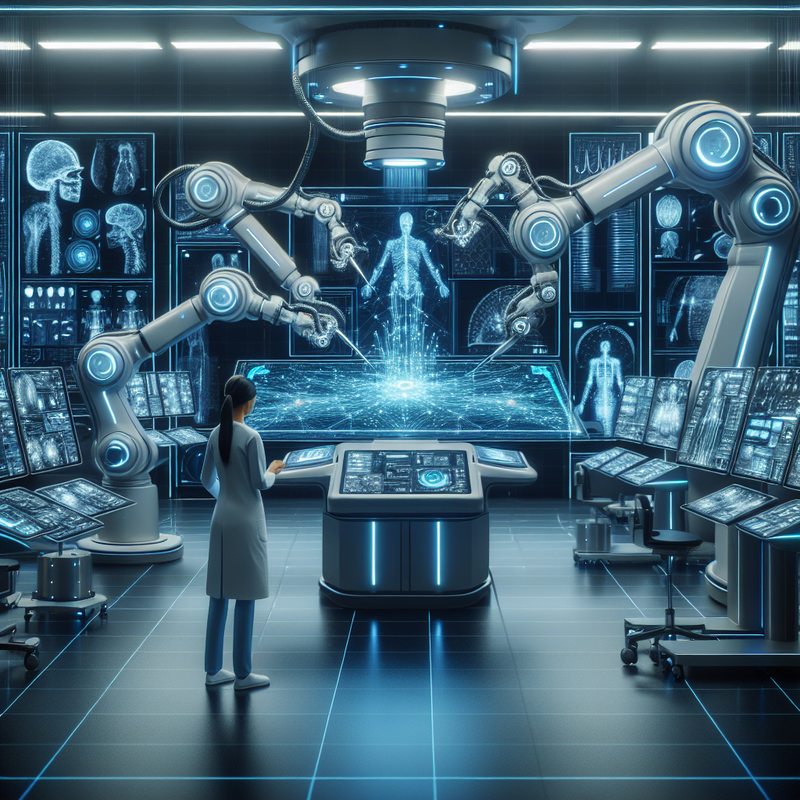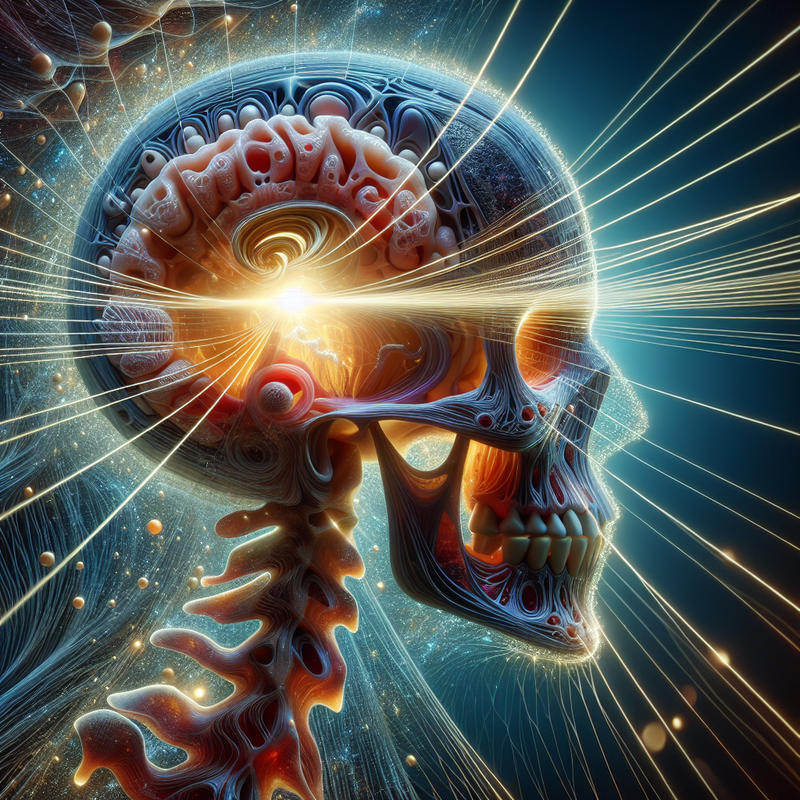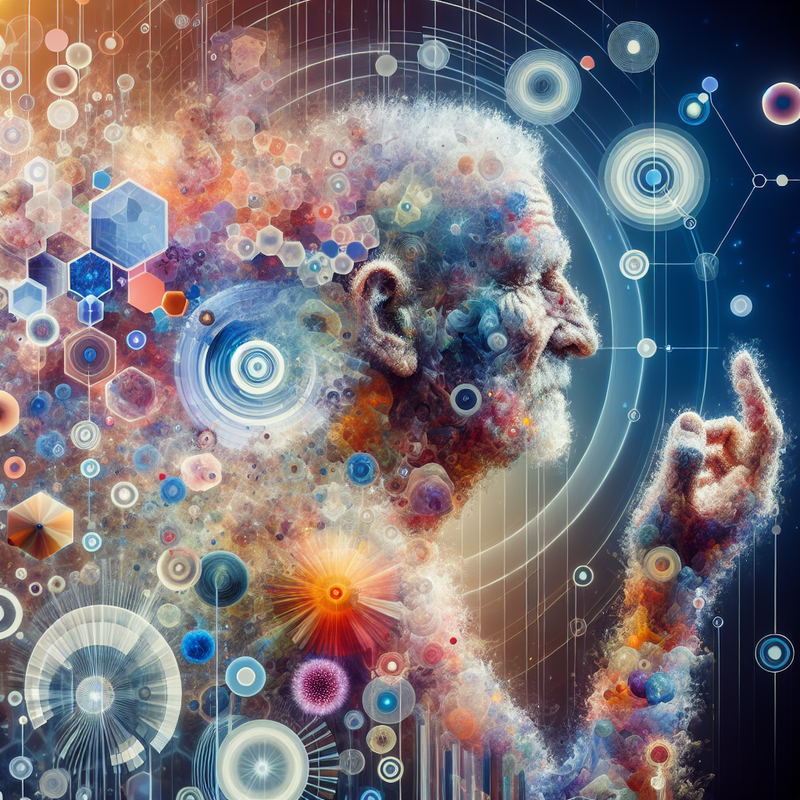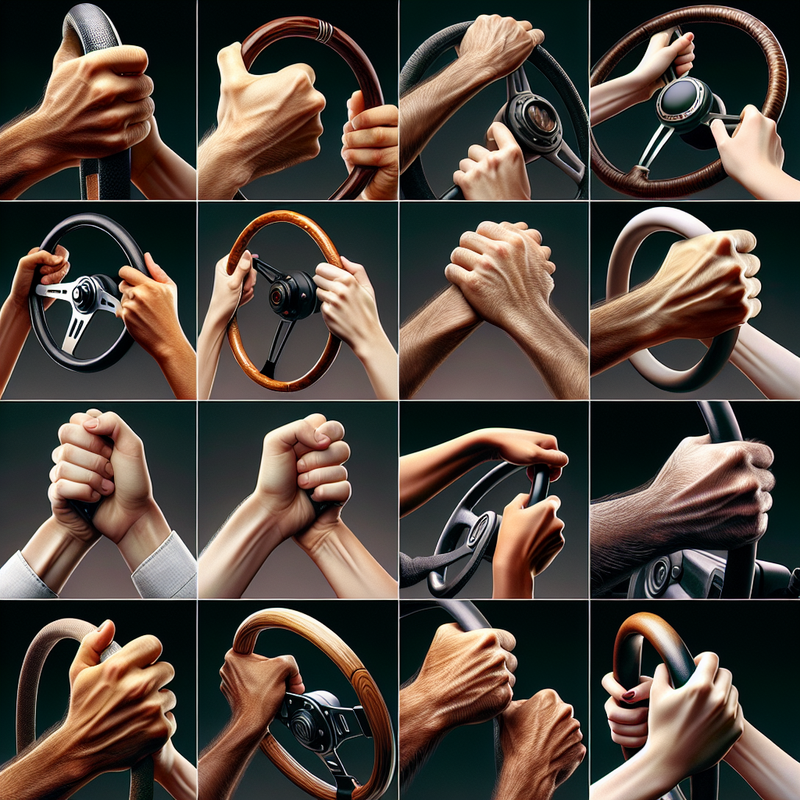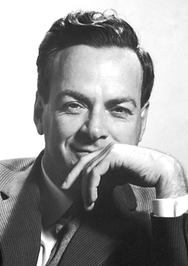Artificial Intelligence in Healthcare: Augmentation vs. Automation in Radiology
In the bustling capital, a pivotal debate simmers: Can artificial intelligence (AI) improve or even supplant radiologists in healthcare? At the forefront is insider Dr. Ronald Summers, an established radiologist and AI aficionado at the National Institutes of Health, who champions the use of advanced AI techniques for medical advancements. Summers assertively questions the hesitance to deploy AI widely, arguing its efficacy in spotlighting cancers, bone density loss, and diabetic conditions.
The 1990s saw radiologists first harnessing computer technology to enhance images. Today, however, AI in healthcare offers far more advanced capabilities, such as analyzing radiological scans, diagnosing health conditions, and authoring comprehensive medical reports. While the FDA has given its nod to over 700 AI algorithms for radiology, adoption in the field is slow, with radiology practices integrating AI tech measuring at a mere 2%, weighed down by concerns over algorithmic transparency and the diversity of data used in their training.
Navigating the Intersection of Technology and Trust
The FDA maintains that human oversight is non-negotiable for any AI system, echoing the caution within the medical community due to potential risks like misdiagnoses leading to legal consequences.
Dr. Laurie Margolies, situated within Mount Sinai’s healthcare network, references her use of Koios’ AI for breast imaging in second opinion cases. When both she and the AI concur on a patient’s diagnosis, Margolies observes an uplift in patient assurance, emphasizing the added confidence that the alignment between human and machine judgment provides.
Radiology AI: Enhancing the Accuracy of Diagnoses
A notable Swedish study encompassing 80,000 females revealed that the use of AI by a single radiologist allowed for the identification of 20% more cancers than two radiologists working without AI. This is in stark contrast to the United States, where reservations about AI in radiology persist despite Europe moving forward with automated software to analyze standard chest X-rays in response to radiologist shortages.
Dr. Saurabh Jha of the University of Pennsylvania likens the present state of radiology AI to an overzealous navigator who disrupts the driver’s concentration. For AI to genuinely lighten the load and combat professional burnout, Jha believes it must achieve unparalleled dependability so that radiologists can step back with confidence.
The journey of AI integration within healthcare continues, with patient safety and groundbreaking innovation acting as the twin navigational stars. The quest for equilibrium between embracing technological strides and securing the wellbeing of patients remains at the heart of the ongoing discourse.
In an aside, The Associated Press Health and Science Department attributes support of their reporting to the Howard Hughes Medical Institute’s Science and Educational Media Group and the Robert Wood Johnson Foundation, though they retain complete editorial independence over their content.

